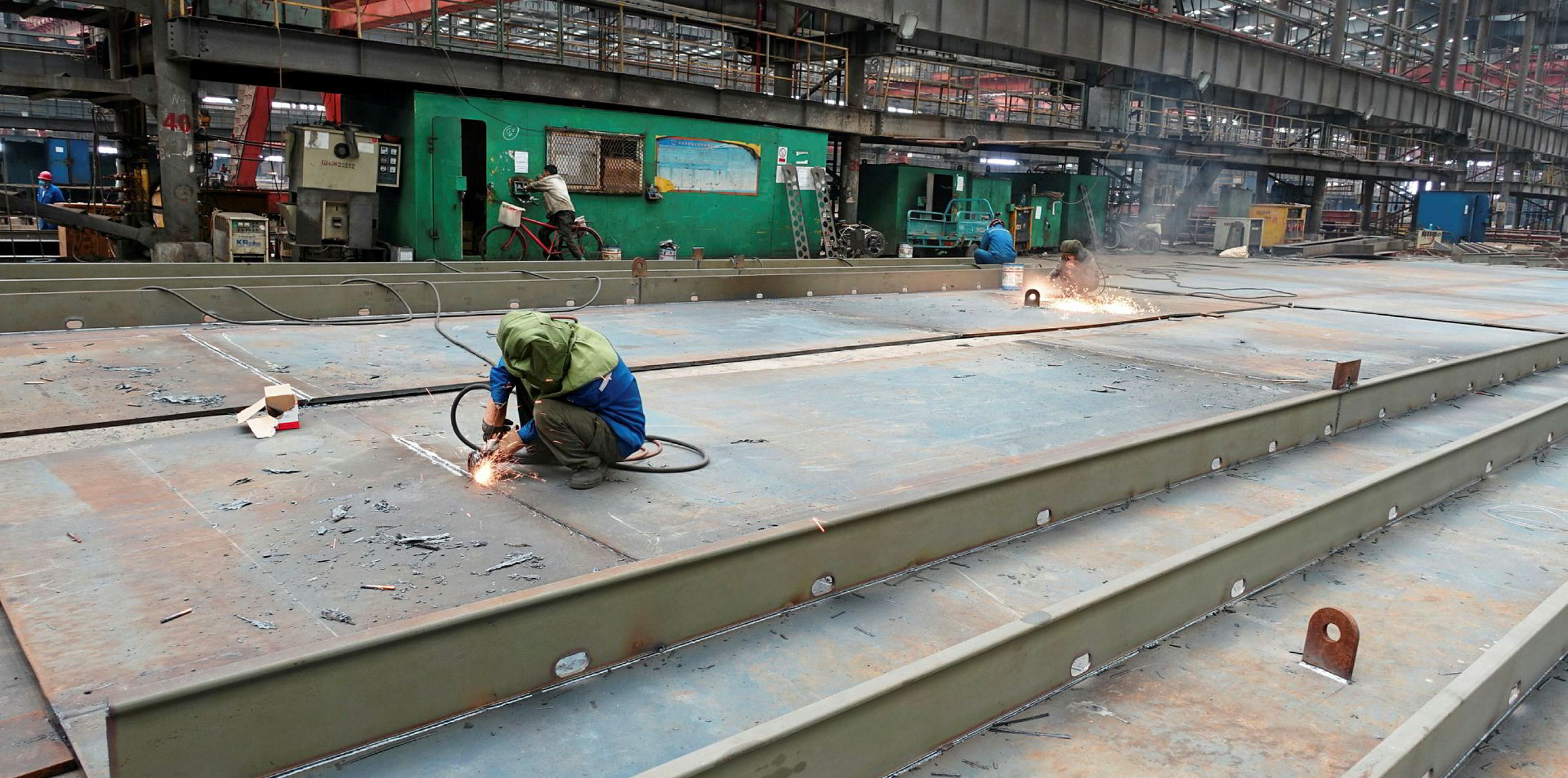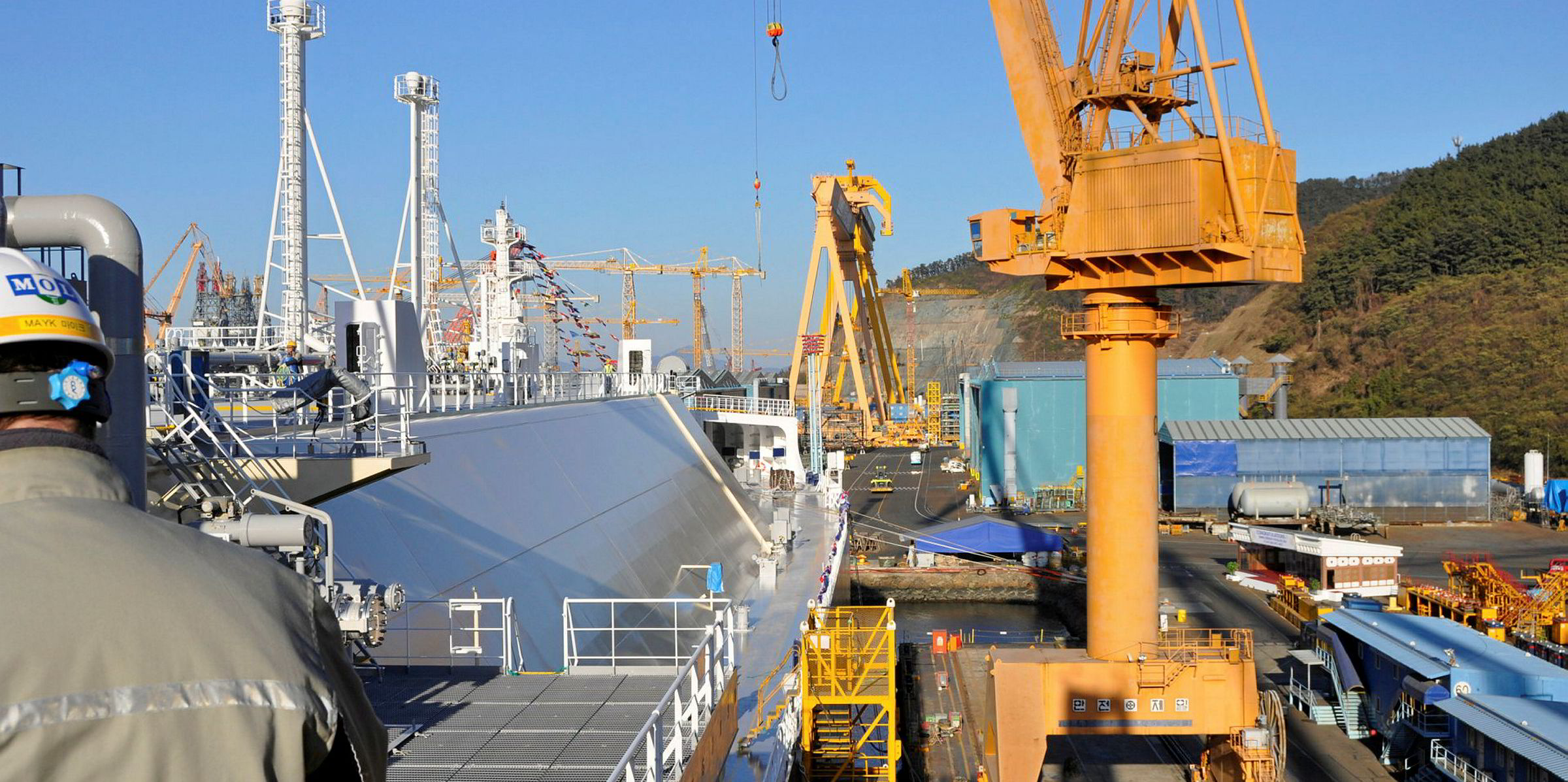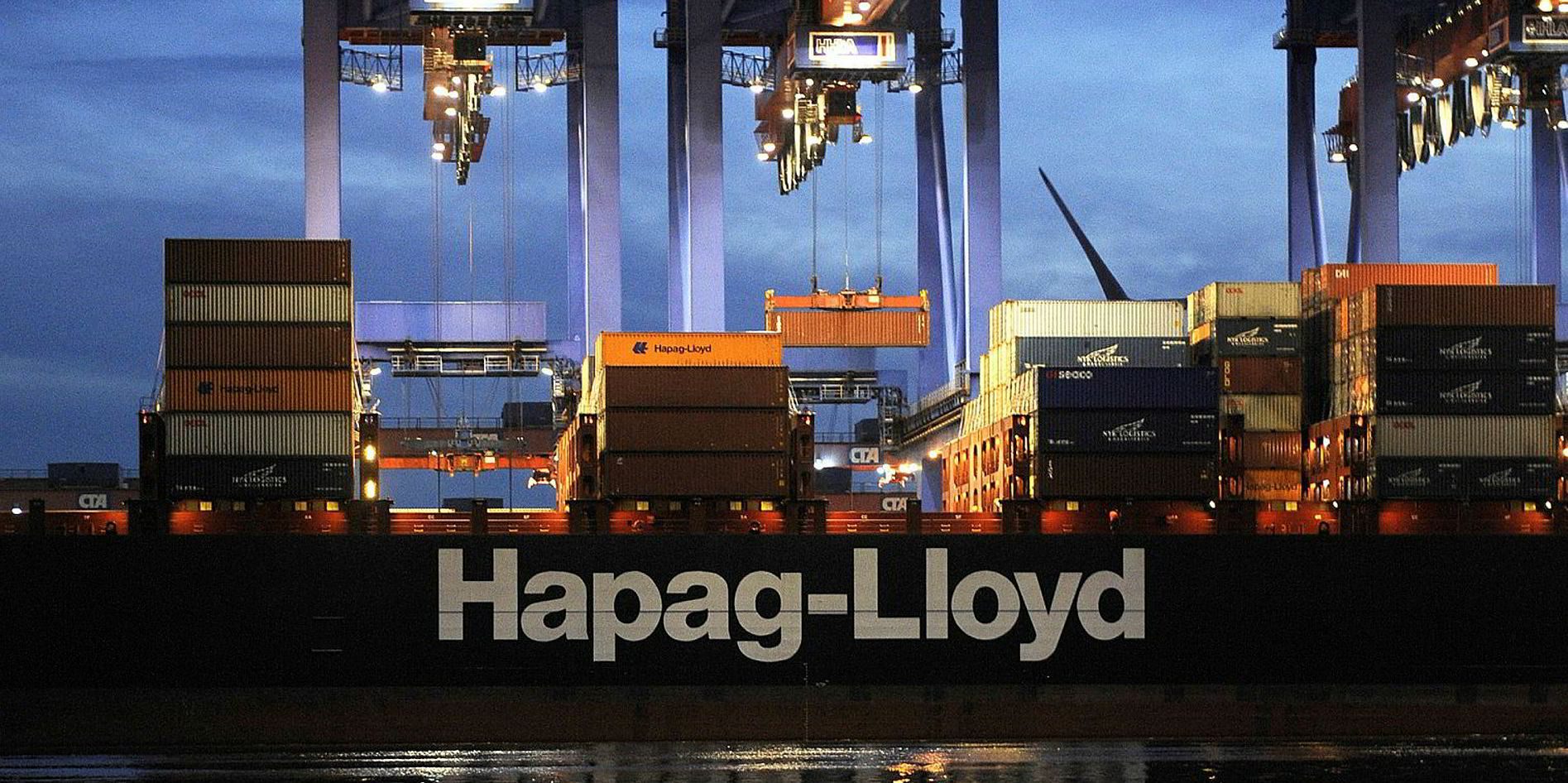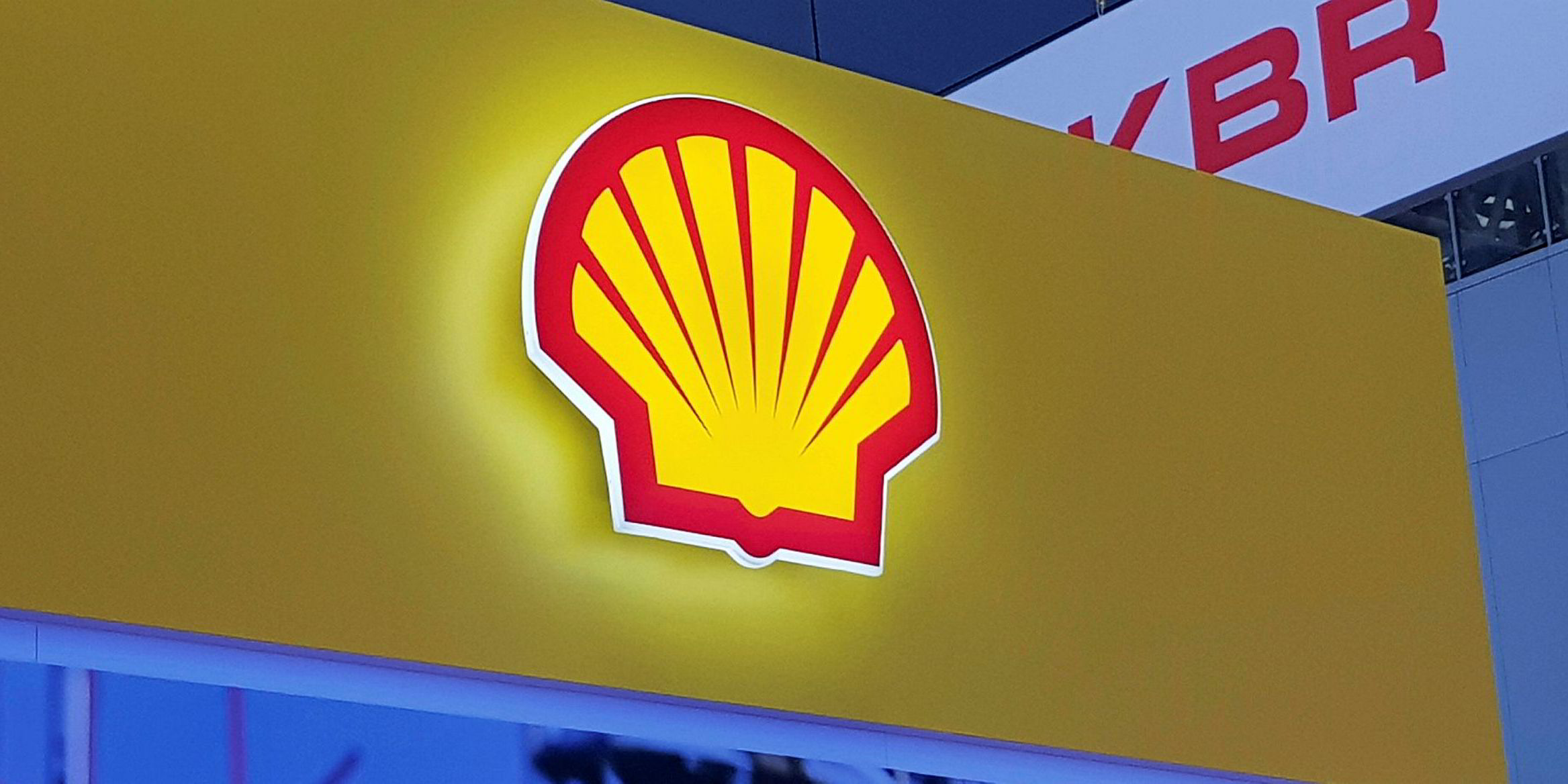Shipyards in China are marketing aggressively to rake in newbuilding contracts as the restrictions imposed during the Covid-19 outbreak are gradually lifted.
Industry players said the nation's shipbuilders are finally “back in the market” after weeks of lockdown due to the virus.
“Shipyards in China are almost back to their normal operation, with workers back at their work stations. They are extremely hungry for new orders,” a newbuilding broker said. “We are getting calls from them almost every day ... The last time this took place was about four years ago.”
Little demand
But industry players added that fresh business is scarce, with almost no new enquiries from foreign owners, aside from business that was already in progress before coronavirus became a global pandemic.
“Shipowners do not have the financial muscle and guts to order newbuildings on speculation,” a shipbroker said.
With “virtually no serious new enquiry”, he added, Chinese shipyards are slashing their prices to attract buyers.
Brokers said yards are marketing kamsarmax bulkers for between $26m and $27m and ultramaxes for about $23.5m.
Shipyards in China are almost back to their normal operation ... they are extremely hungry for new orders. We are getting calls from them almost every day
Newbuilding broker
The kamsarmax price is around 20% cheaper compared with newbuildings placed six months ago.
Taiwanese shipowner Wisdom Marine disclosed in October that it was paying $33m each for a pair of 82,300-dwt bulker newbuildings at Tsuneishi Zhoushan for 2022 delivery.
But one newbuilding broker said shipowners are leaning on yards for even lower prices.
“They are pushing for $24m or $25m for a kamsarmax vessel, but shipyards will not be able to accept that,” he said. “Shipyards are already taking a risk with the price reduction, as there is a possibility that material costs and wages may hike when the global market normalises later this year.”
Newbuilding brokers said Chinese shipbuilders are in a slightly better position than their South Korean and Japanese rivals.
Several commented that while China’s yards have a little more of an orderbook cushion to see them through this period, they are also likely to get state support in terms of newbuilding contracts from domestic companies.
There is already evidence of this.
At the end of March, China Merchants Group subsidiary Ming Wah Shipping signed for four 61,000-dwt newbuildings at Jinling Shipyard for delivery in 2022, paying around $29.7m for each bulker.
Brokers said China Merchants Energy Shipping is talking to domestic yards about VLCCs, and Cosco is reported to be chasing VLOCs for a contract with a Chinese charterer.
They also said that in pre-pandemic business, Shell’s order with China’s Bank of Communications Financial Leasing for a dozen dual-fuelled LR2 tankers remains ongoing, and said Chinese shipbuilders are battling their South Korean competitors for the ultra-large containerships tendered for by Hapag-Lloyd.
But Chinese yards are still feeling the pain.
One privately owned shipyard executive said his firm is under immense pressure to secure new contracts, as the company was closed from mid-January and has not landed new orders. His company is prepared to reduce its production capacity if it fails to take in any orders.
Chinese shipbuilders are not only facing an order dearth.
Some have struggled to deliver newbuildings on time because strict quarantine and travel restrictions have prevented crew and specialists access to vessels.
Failure to deliver vessels on time could mean shipyards will not be able to collect the last and largest payment of up to 70% for a newbuilding, without which they may run short of cash.
“If shipyards continue not to receive new orders, there is a high possibility that they may need to reduce production capacity,” the executive added.









